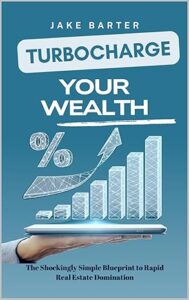The anticipation of potential market instability has led to speculations of up to four interest rate cuts by the Reserve Bank of Australia. This decision could see the cash rate drop to 3.6 per cent, offering relief to mortgage borrowers and stimulating economic activity.
The prospect of lower interest rates has already sparked optimism among businesses like Soult Australia, a fashion retailer in Sydney. Nia Pandoulis, the owner, sees reduced borrowing costs as a catalyst for expanding her business and enhancing consumer confidence.
As Australians await the Reserve Bank’s decision, economists predict a series of rate cuts in response to global economic uncertainties and subdued inflation. The likelihood of a rate cut in the upcoming meeting is high, with expectations of further reductions in the future.
AMP’s deputy chief economist, Diana Mousina, foresees a cycle of interest rate cuts extending into the next year, aiming to reach a ‘sweet spot’ of monetary policy. However, not all economists share the same conviction, with differing views on the timing and extent of rate adjustments.
Lower interest rates often translate to increased property prices, posing challenges for prospective homebuyers. Despite the potential benefits for businesses and existing homeowners, the housing market may become less accessible for first-time buyers.
Amidst the economic implications of interest rate cuts, concerns arise about the impact on household debt levels and asset values. The delicate balance between stimulating economic growth and managing financial risks remains a key consideration for policymakers.
For individuals like Nia Pandoulis, the dream of homeownership in cities like Sydney seems increasingly distant, reflecting broader societal trends of housing affordability challenges. The evolving economic landscape underscores the complex interplay between monetary policy, property markets, and personal financial aspirations.
As the Reserve Bank deliberates on interest rates, the broader implications of its decisions reverberate across various sectors of the economy. From business expansion opportunities to housing market dynamics, the interconnection of monetary policy and everyday financial realities shapes the economic landscape for Australians.
📰 Related Articles
- Westpac Leads Major Lenders in Home Loan Rate Cuts
- UFC 315 Preview: Belal Muhammad vs. Jack Della Maddalena Headlines Title Clash and Potential Divisional Impact
- Taiwan Stock Exchange Impact on Household Wealth and Economic Landscape 2023
- Stellar Blade PC Performance Analysis: DLSS and FSR Impact
- Report Reveals Australian Music Industry’s $8 Billion Economic Impact

 Stock Market
Stock Market Home Loan Handbook
Home Loan Handbook Homeowner’s Code
Homeowner’s Code





 Turbocharge Wealth
Turbocharge Wealth Rattle the Market
Rattle the Market McDonald’s Monopoly
McDonald’s Monopoly